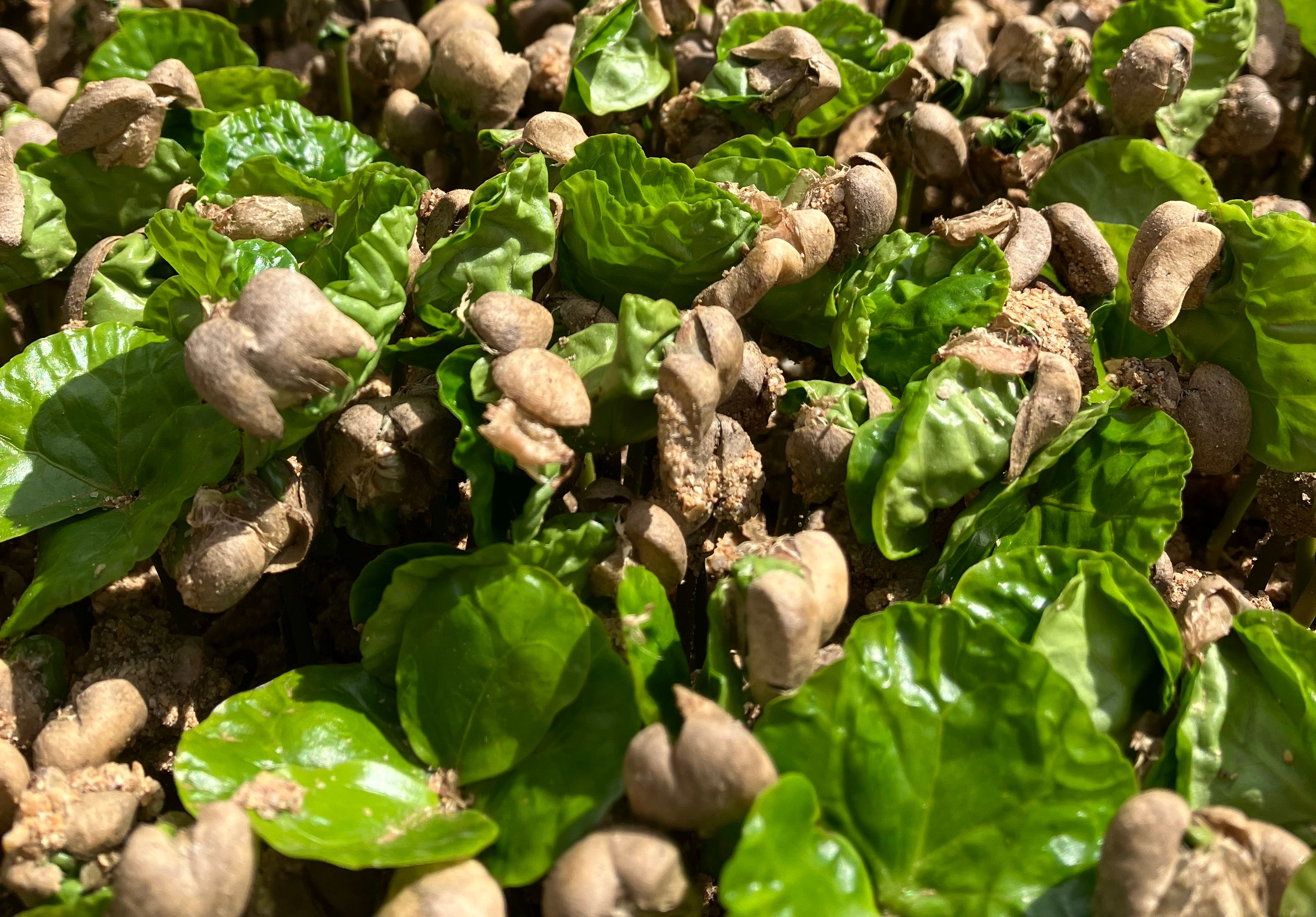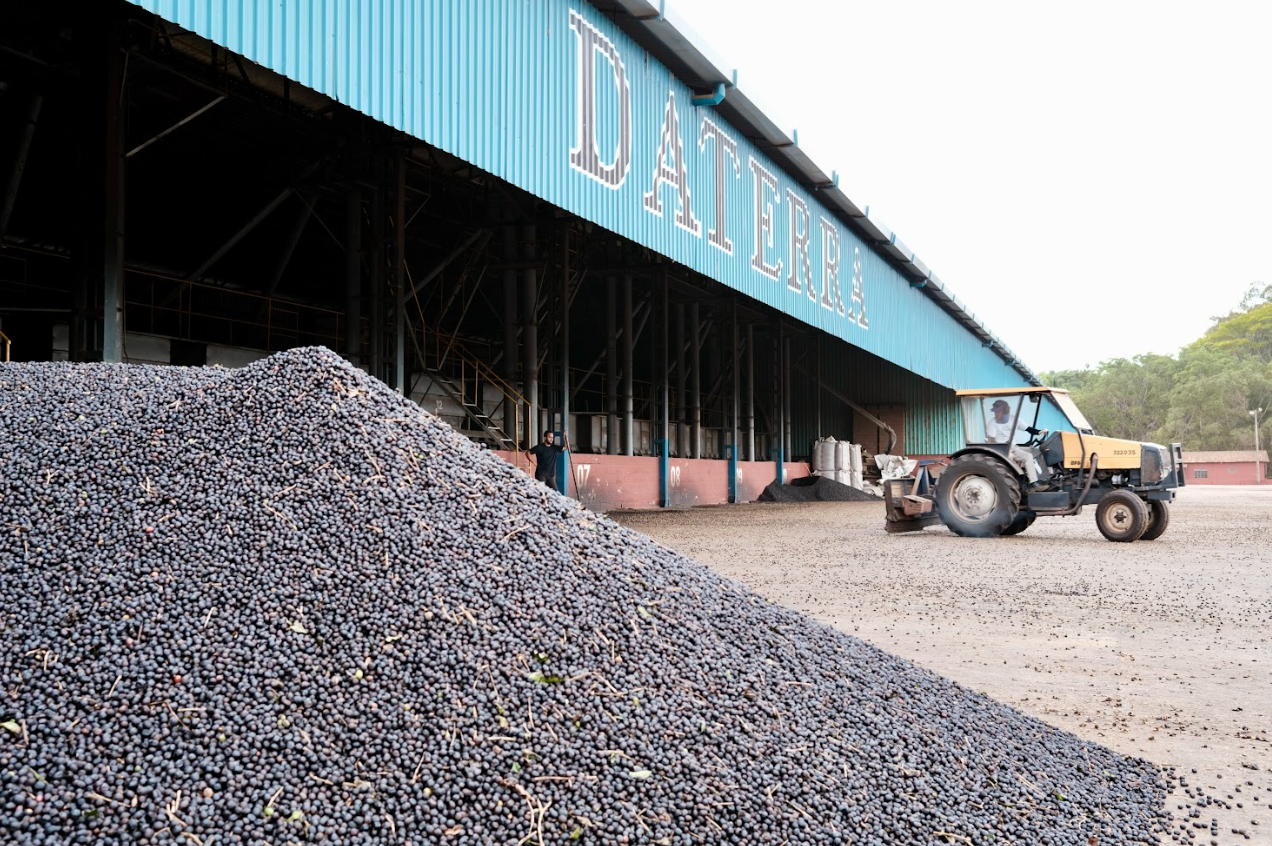Daterra Catuai SH3Natural Education Lot2024
Daterra Catuai SH3 2024
- Cerrado, Brazil
- Catuai SH3
- Natural Process
- 1300 masl
- NotesLemon, Wafer Cookie, Cocoa
- October 01, 2024
- April 03, 2025
- Release DateSeptember 23, 2025
- Volume50 lbs
- $9.37 /lb
- $10.12 /lb
- Noteworthy Plant Genetics
Noteworthy Plant Genetics: Catuai SH3
As is true for most disciplines, important discoveries in the field of coffee research take time. Crucial to any type of plant breeding research is the establishment and maintenance of a germplasm: the collection of unique seeds, plant tissues, dna sequences, etc., that provide the materials for your research. While more recent advancements in genotyping technologically have allowed us to become more efficient at curating and refining germplasms, this was not always the case. Occasionally, the crucial piece that ultimately leads to a breakthrough is one that has been waiting in a germplasm collection for its turn to come under the microscope. This reality is part of how the coffee leaf rust resistant catuai SH3 Arabica cultivar was developed.

Coffee Plant Nursery at Daterra
The story begins in 1953, when the IAC (Agricultural Institute of Campinas) in Brazil imported material from the United States Department of Agriculture for research. Among the materials was a plant selection called BA10 that had been screened and selected at an experimental research station in Balehonnur, India. Nearly thirty five years later in 2019, development concluded on a cross between a yellow catuai variety and a single selection from the BA10 line called IAC 1110-8. This particular cross, after many generations of progeny selection, finally resulted in a catuai variety that showed robust resistance to coffee leaf rust, with additional benefits of drought tolerance and ample yield.
The key to the rust resistance was hidden in the BA10 line. Locked in this selection from 1953 was a gene called SH3, which had been identified as one of 9 rust resistance genes traceable to the Liberica species of the Coffea genus. After many attempts over a number of years, it was the IAC 1110-8 selection of the BA10 line from India that was able to successfully transfer the SH3 rust resistance gene into a catuai cultivar viable for cultivation.
Among the researchers responsible for this discovery was a woman who we've had the privilege to meet at past visits to Daterra, named Masako ‘Mako' Toma Braghini. An inspirational and important figure in the modern history of coffee plant breeding, Masako Toma Braghini emigrated from Okinawa, Japan, to Brazil at the age of ten. She began working at the IAC in Brazil in 1979, and is still pursuing vital coffee research there to this day.

Dried on Tree Coffee Cherries at the Daterra Dry Mill

